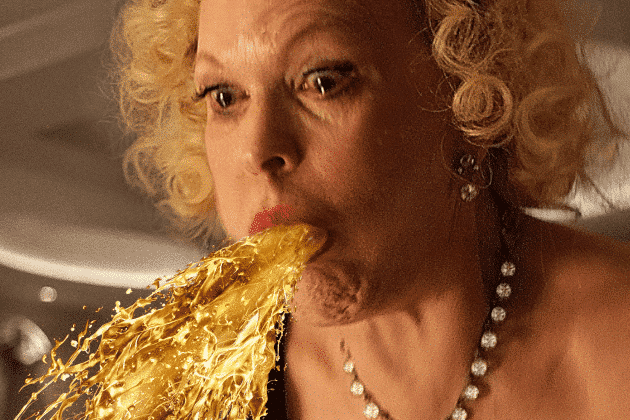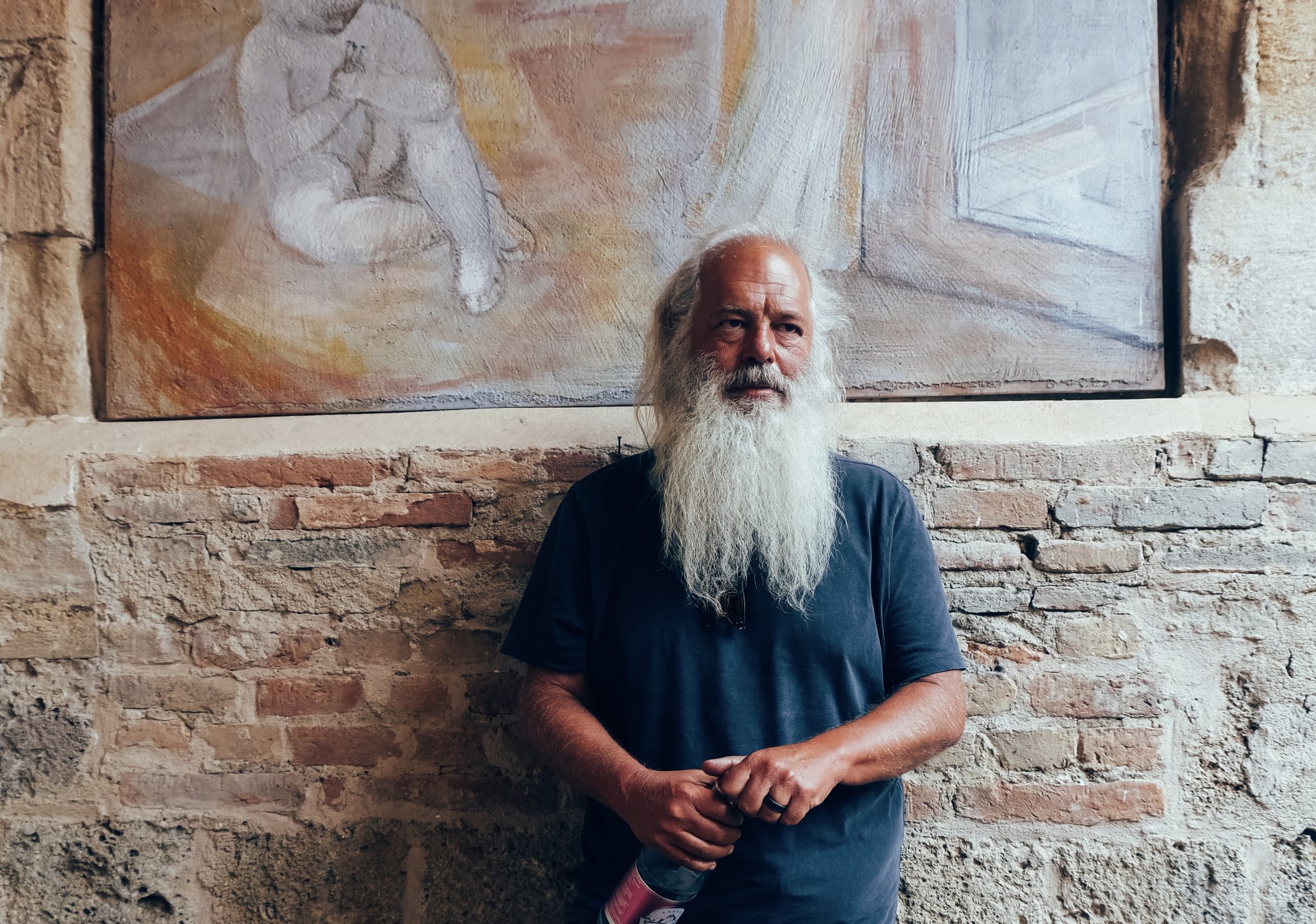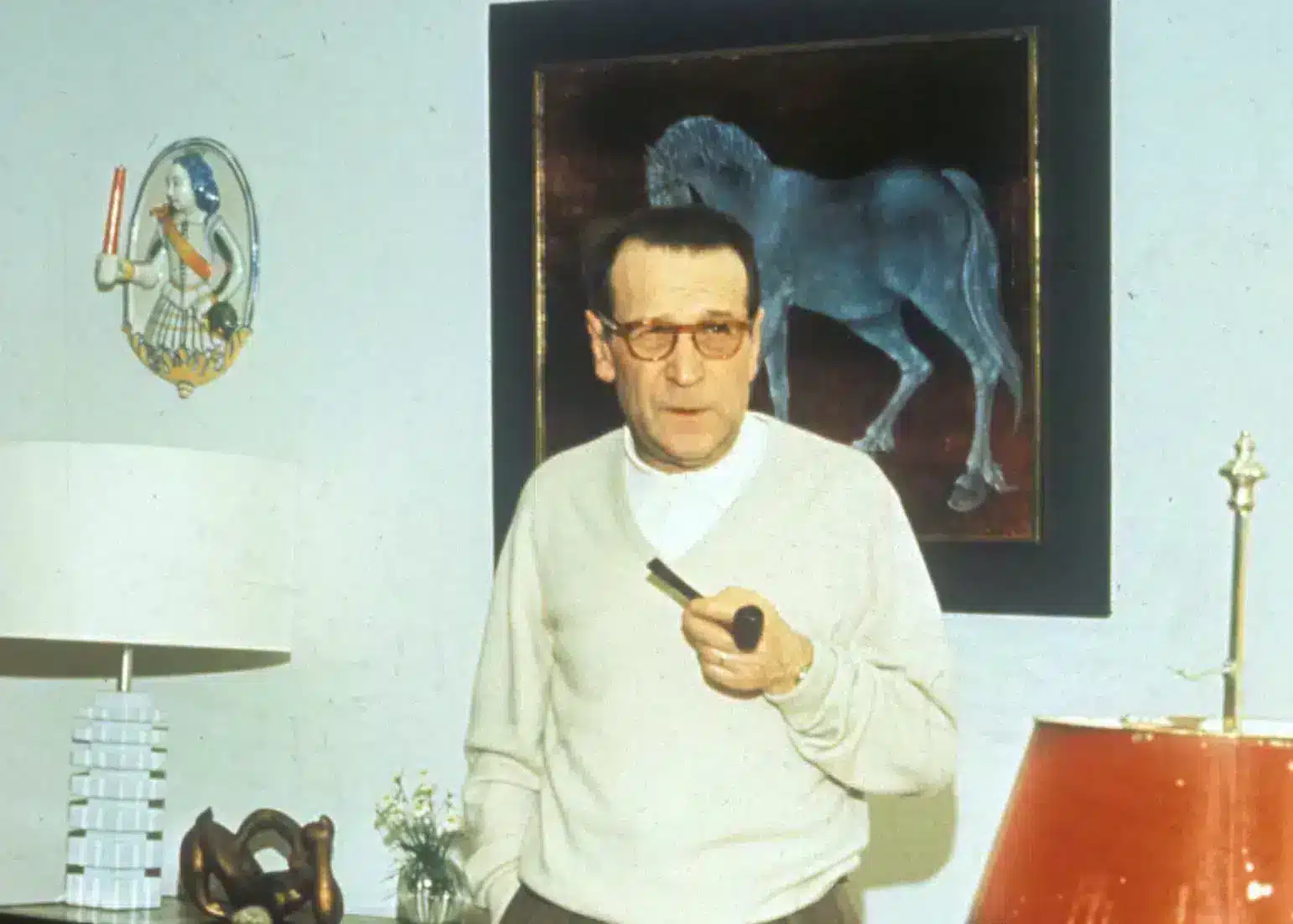

It’s New York Fashion Week. I’m walking in Soho with my high heels, headphones, and an all-black outfit, thinking about the casting director who just told me I looked “too green for the job” a few minutes ago #greenlivesmatter. For the twelfth time, my mother calls and interrupts “Another Brick in the wall,” the song I usually listen to before starting a #revolution.
Too superstitious about missing a thirteen-call, I finally pick up the phone. As if the day wasn’t demanding enough, my mother commands me to leave New York immediately. Why? Something to do about the Nuclear BOOM hitting the rotten apple soon. Sources? She got warned this morning by Mr.InternationalPolitics, who thinks of himself as a communist ever since he distributed thousands of dollars of Cuban Cigars to the members of the “CCC: Club des Clubs de Casablanca.” I never thought this moment would happen. But here I was, across the Atlantic, teaching my lovely mother how to handle a panic attack. “Maman, go to my room. Do you see my bookshelf? Look for the yellow Assouline book with written ROMA in big letters. Exactly, the movie I refuse to talk about with you. Good. Behind the book, you’ll find a little box with a few cigarettes, filters, and what looks like dry mint leaves. Now go to Mohamed, the driver, not the neighbor, and ask him to roll you a big fat joint. Yeah, that’s how I learned.”
I hung up and scrolled through my Instagram feed. I haven’t posted anything since September 1st #somysterious. Wow, that girl is beautiful. Like post. “Biden sends a careful but chilling new nuclear message to Putin in CNN interview.” Like post. A picture of Scorsese and Varda at the 2018 Marrakech Film Festival. Like post. “Woman, life, freedom” Like post. Wait, what if my mother has a bad trip? Cool shoes. Like post. What if she’s right? Like post. Are we all dying tomorrow? And why can’t I dislike a post? Like post. Like post. Like post.Like post.Like post.
If you painfully relate to my mental diarrhea: WELCOME, dear scrollers, to the Triangle of Sadness. New York Times called it the “perfect comedy of our time.” There’s truth in that. My seat neighbor laughed so hard that I anxiously held onto my Ventolin inhaler for three hours, ready to save the man from suffocation at any given moment. It’s also the only film that might simultaneously give you a panic attack, laughter cramps, and nausea in one sequence. But to reduce Triangle of Sadness to a dark comedy or satire is missing the point. It is, primarily, the perfect tragedy of our time.
The opening sequence takes us behind the scenes of Fashion Week’s most dehumanizing parade: #castings. Carl (Harris Dickison), a shirtless male model, uncomfortably stands in front of a row of casting directors who are ready to decide on his faith. They barely look at him. Instead, they’re navigating through his book: a collection of printed photos supposedly highlighting the range of a model’s work and how good-looking we are. From the get-go, Östlund reminds us that we’re at the peak of The Society of Spectacle, where the picture holds more power than the individual. In 1957, Guy Debord wrote: “All that once was directly lived has become mere representation,” to which he added, ”The spectacle is not a collection of images. Rather, it is a social relation among people, mediated by images.”
Carl’s relationship with Yaya, also a model wonderfully played by Charlbi Dean, who tragically passed away last August, perfectly encapsulates Debord’s arguments. He’s hot, she’s veeeeeeery hot, they increase each others’ Instagram following, and he takes good pictures of her. Bref, it’s good for business. What’s the shame in that? #couplegoals. Carl initially rejects the idea of a transactional relationship and promises to make her discover #reallove. Ironically, he ends up sleeping around in return for fish and a pack of pretzels. The film overflows with perfectly executed reversal of situations, a reminder that human values are as porous as a $100 bill.
The sound design is overwhelming. We hear the annoying noise Yaya makes when she scrolls down Instagram with her fake nails and every notification popping up. #influencerlife. Social media is also the new soundscape of our times, baby — I write as my iPhone emits more noise pollution than the car honks on Broadway. #fuckyou. But even more disturbing than the throwing up and literal shiting noises, the diegetic sound of a little fly acts like a leitmotif for Carl’s character. Why does this little scavenger (perhaps so small that most won’t even notice it) follow him everywhere, even on the most luxurious cruise? Yes, flies are attracted to garbage, but it goes deeper. Here, Östlund makes an apparent reference to The Lord of The Flies, William Goldin’s 1964 novel about a group of British boys evacuating Great Britain after a Nuclear War evacuation. When their plane crashes, the teenagers end up stranded on a deserted island and eventually succumb to the dark side.# LukeIamyourfather. Carl’s faith in Triangle of Sadness is similar to the one of Ralph in Lord of The Flies. In the face of Death, both protagonists end up running through the jungle onto an uncertain future filled with guilt and disillusion. Yeah, Carl, you fucked up #bigtime.
Amid this brouhaha, one notable moment of silence marks the film’s midpoint. After a series of catastrophic events, the rich get plunged into darkness. Are they going to drown? Three hundred spectators go quiet. Who’s laughing now? I guess there’s something about seeing powerless people in the middle of an unleashed sea, sitting in their feces and holding their kids in their arms… that’s not that funny. #morethan3000migrantsdiedatseain2021. Finally, the silence gets broken by the drunken’s Captain (a hilarious and touching Woody Harrelson), galvanizing political speech: “ It is in the hands of my government that Martin Luther King Jr died. My government killed John F. Kennedy. My government has killed…” Once again, silence reigns at Regal Union Square. A quick fade to black could have been a perfect ending if Östlund wanted to make a political film. But why make it political when you can make it honest?
Instead, the next scene presents yet another brilliant reversal of the situation. Östlund, who had never killed a character before, couldn’t stop himself this time. It’s just too good of an opportunity. At sunrise, an old couple of arms dealers recognize a grenade they’ve manufactured rolling on the floor. BOOOOOOM. Half of the ship explodes, leaving the audience in shock. In less than a minute, the Captain’s speech loses all significance. They were his last words. Proof that words lost their power a long time ago.
No pun intended, but Triangle of Sadness is impossible to digest. Every scene holds what could (or should) be a potentially life-changing message, but we naturally get distracted as soon as the next joke or plot-twist hits. Östlund, who could easy-peasy become the next President of The United States with this brilliant strategy, understands that the only way to make an audience face their demons for nearly three hours is to make absurdity prevail over tragedy. After all, laughter is perhaps the only survival weapon that hasn’t been taken away from us yet. That’s why my mother is high, and Triangle of Sadness is a masterpiece. I honestly never thought a Swedish man could make me laugh so hard.



